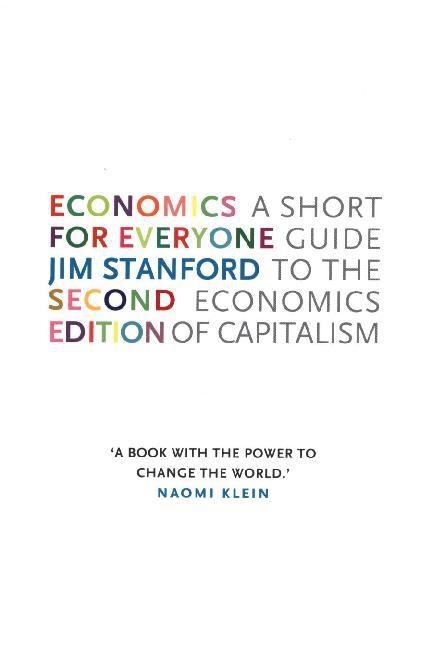Read more
Accessible and critical guide to key economic concepts, relating them to our everyday experience. Clear text complemented by educational cartoons.
List of contents
Acknowledgements x Introduction: Why Study Economics? x Part One: Preliminaries 1 The Economy and Economics 2 Capitalism 3 Economic History 4 The Politics of Economics Part Two: The Basics of Capitalism: Work, Tools, and Profit 5 Work, Production, and Value 6 Working with Tools 7 Companies, Owners, and Profit 8 Working for a Living 9 Reproduction (for Economists!) 10 Closing the Little Circle Part Three: Capitalism as a System 11 Competition 12 Business Investment 13 Employment and Unemployment 14 Inequality and its Consequences 15 Divide and Conquer 16 Capitalism and the Environment Part Four: The Complexity of Capitalism 17 Money and Banking 18 Inflation, Central Banks, and Monetary Policy 19 Paper Chase: Stock Markets, Financialization, and Pensions 20 The Conflicting Personalities of Government 21 Spending and Taxing 22 Globalization 23 Development (and Otherwise) 24 Closing the Big Circle 25 The Ups and Downs of Capitalism 26 Meltdown and Aftermath Part Five: Challenging Capitalism 27 Evaluating Capitalism 28 Improving Capitalism 29 Replacing Capitalism? Conclusion: A Dozen Big Things to Remember Index
About the author
Jim Stanford is Director of the Centre for Future Work, based at the Australia Institute and Honorary Professor of Political Economy at University of Sydney. He writes an economics column for the Globe and Mail, appears regularly on CBC TV's 'Bottom Line' economics panel and is the author of Economics for Everyone (Pluto, 2015).
Summary
An introductory and critical guide to how the economy works, and what this means for us.

